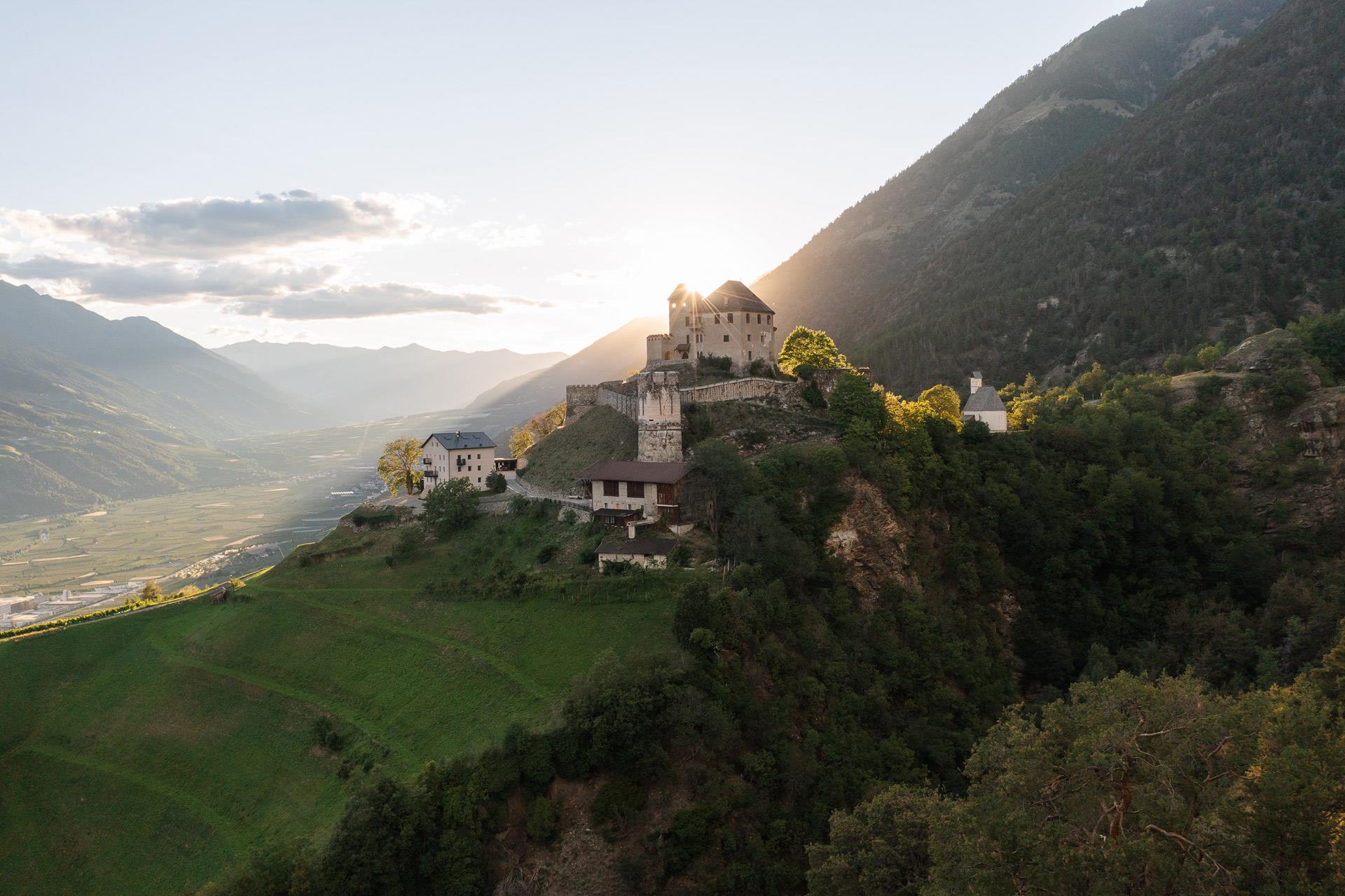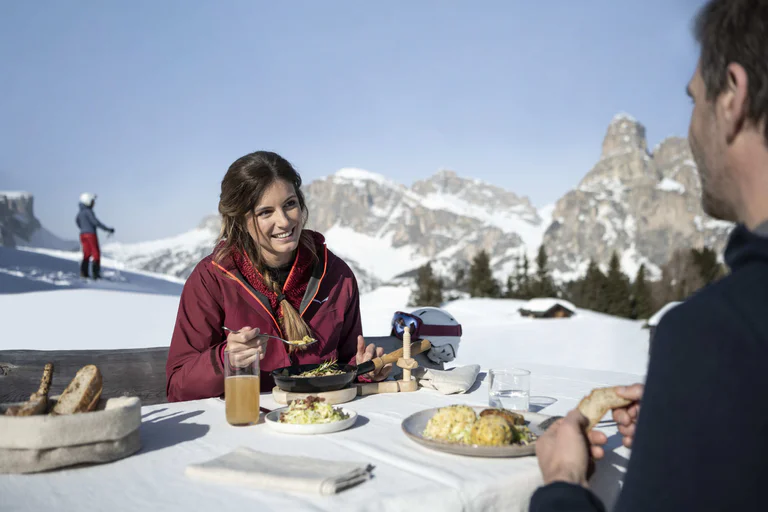When I grow up, I want to be... Everyone knows the old game, as well as the typical answers: cowboy or astronaut, for example. With Jakob Gamper, though, it was different. “When I grow up, I want to be a winemaker,” he already declared to everyone who wanted to hear it as an eight year-old, and then added, “just like my Uncle Leo.”
But in contrast to the self-proclaimed cowboys and astronauts, Jakob actually pursued his desire for his profession in a disciplined way: diploma from the High School of Agriculture, studies in oenology and winemaking, internships in wineries in Tuscany and Germany. What followed was his return to home at Gruberhof, which he took over in 2015.
Already at that time, and in fact even as early as 1995, the operation had been certified by Bioland and was being operated under organic guidelines, and the young grower Jakob gratefully took up these specifications. He set his sights on a broad spectrum of varieties, which also contained two fungus-resistant varieties. “We have them to thank for our mineral-rich and fruity wines Bronner and Mitterberg Rosè,” says Gamper.
On the moraine soils of the Gruberhof at an elevation of 300 to 470 meters, however, the indigenous Alto Adige grape varieties also flourish, along with Cabernet Sauvignon and Merlot, from which Gamper makes first-class wines. Just like Uncle Leo, in fact.




































